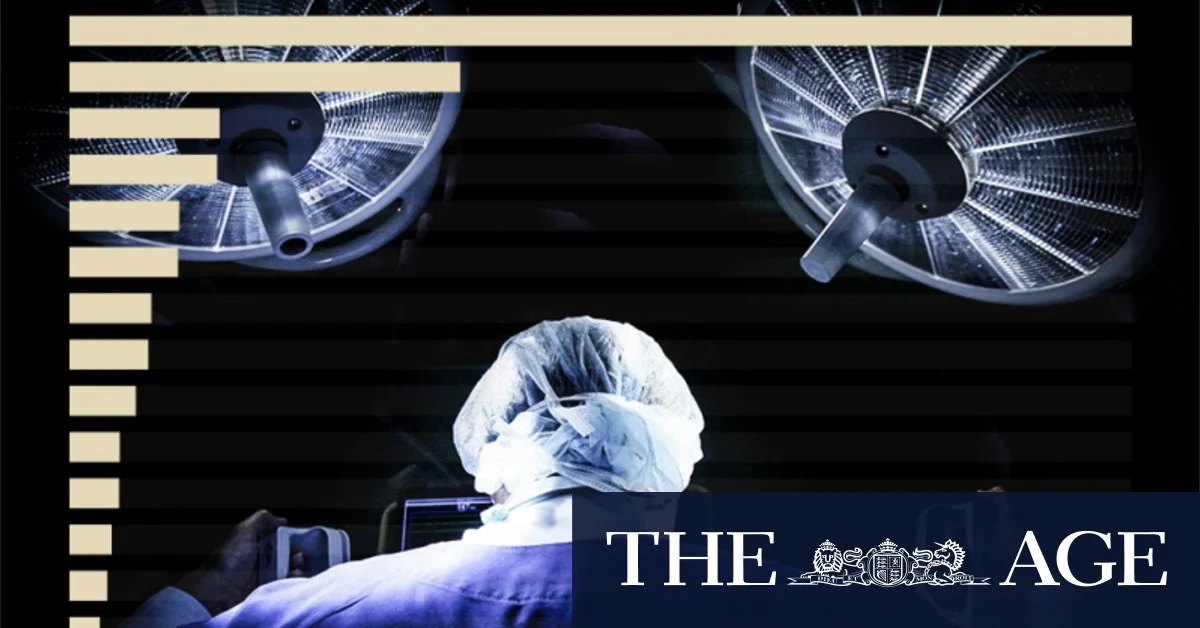“It’s really low-hanging fruit.”
Health Minister Ryan Park said a change to the urgency category for cataract surgeries may have contributed to more patients being classified as overdue.
“Ultimately, it means we’re holding ourselves to a more stringent standard,” he said.
More than 100,000 patients were on a surgical waitlist at the end of last year, 11,617 more than the year before. The figure is only 800 fewer than the peak reached in June 2020, when the COVID pandemic forced a pause on non-urgent elective surgeries.
Tackling surgical lists has been a key priority for Health Minister Ryan Park. An elective surgery taskforce, announced by Park in his first day on the job, was charged with cutting the backlog, including by trialling same-day joint replacement surgery.
Loading
The government also outsourced thousands of procedures to the private sector, but that has since declined, with only 660 procedures performed in private hospitals between October and December.
In the state’s emergency departments, which continued to face record demand, 67,902 people left hospital without starting or completing treatment.
One-third were classified as having an urgent condition needing treatment within 30 minutes, a figure AMA NSW president Dr Kathryn Austin described as alarming and unacceptable.
“This is what happens when a health system does not have enough doctors, nurses and other healthcare workers to care for its community,” she said.
The Morning Edition newsletter is our guide to the day’s most important and interesting stories, analysis and insights. Sign up here.


